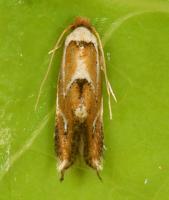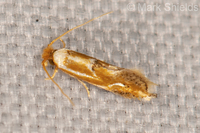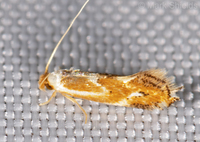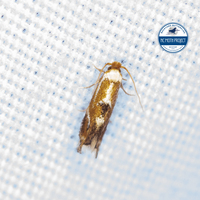
| Recorded by: Lior S. Carlson, Dean Furbish, Randy Emmitt on 2025-08-12
Alamance Co.
Comment: | 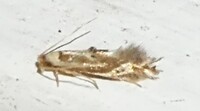
| Recorded by: Simpson Eason on 2025-08-09
Durham Co.
Comment: |

| Recorded by: David George, Jeff Niznik, Rob Van Epps, Kevin Metcalf on 2025-07-20
Richmond Co.
Comment: | 
| Recorded by: David George on 2025-06-07
Durham Co.
Comment: |

| Recorded by: David George, Jeff Niznik on 2025-05-09
Cumberland Co.
Comment: | 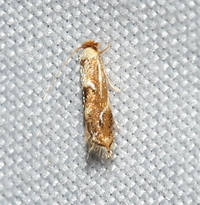
| Recorded by: David George, Bonnie Eamick on 2025-04-25
Wake Co.
Comment: |
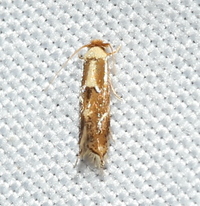
| Recorded by: David George, Bonnie Eamick on 2025-04-25
Wake Co.
Comment: | 
| Recorded by: Jim Petranka on 2024-07-09
Madison Co.
Comment: |
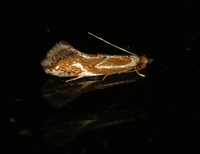
| Recorded by: Jim Petranka on 2024-06-21
Madison Co.
Comment: | 
| Recorded by: Lior S. Carlson, Dean Furbish on 2024-06-17
Lincoln Co.
Comment: |

| Recorded by: Jeff Niznik on 2024-06-14
Scotland Co.
Comment: | 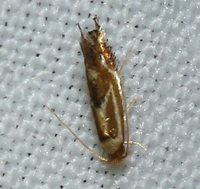
| Recorded by: David George, Jeff Niznik on 2024-05-25
Chatham Co.
Comment: |

| Recorded by: David George, Stephen Dunn, Jeff Niznik on 2023-09-07
Chatham Co.
Comment: | 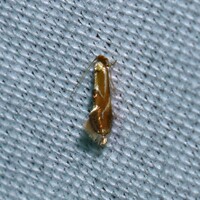
| Recorded by: David George, Stephen Dunn, Jeff Niznik, Rich Teper, Becky Watkins on 2023-07-30
Swain Co.
Comment: |
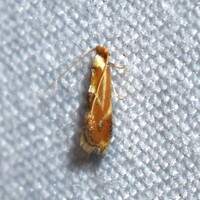
| Recorded by: Jeff Niznik on 2023-07-25
Durham Co.
Comment: | 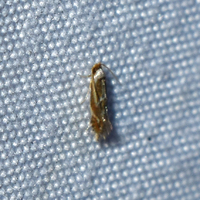
| Recorded by: David George, Jeff Niznik on 2023-07-24
Orange Co.
Comment: |
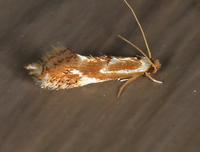
| Recorded by: Jim Petranka on 2023-07-19
Madison Co.
Comment: | 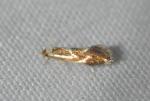
| Recorded by: K. Bischof on 2023-07-14
Transylvania Co.
Comment: |
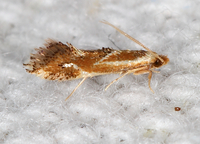
| Recorded by: Jim Petranka on 2023-07-10
Madison Co.
Comment: | 
| Recorded by: Jim Petranka on 2023-06-09
Madison Co.
Comment: An adult that was reared from a black knot on Black Cherry (see accompanying photo of the black knot). The larva was found about 1/2 inch within the knot in woody material that was full of bore holes and frass that appear to have been made by boring beetles. A piece of knot with the larva was removed and the adult emerged after 5 weeks. |

| Recorded by: Jim Petranka on 2023-06-09
Madison Co.
Comment: A view of a black knot on Black Cherry that contained a larva. The woody material in the knot was full of bore holes and frass that appear to have been made by boring beetles. A piece of knot with the larva was removed and the adult emerged after 5 weeks (see accompanying photo of the adult). | 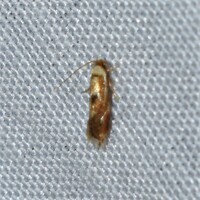
| Recorded by: David George, Jeff Niznik, Rich Teper on 2023-05-21
New Hanover Co.
Comment: |
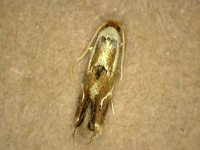
| Recorded by: David George on 2023-05-14
Durham Co.
Comment: | 
| Recorded by: David George on 2022-09-02
Durham Co.
Comment: |
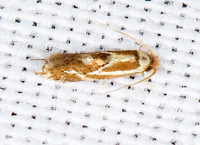
| Recorded by: Jim Petranka, Steve Hall and Bo Sullivan on 2022-08-28
Moore Co.
Comment: | 
| Recorded by: Simpson Eason on 2022-08-13
Durham Co.
Comment: |

| Recorded by: John Petranka on 2022-08-07
Watauga Co.
Comment: | 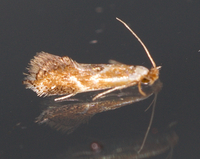
| Recorded by: Jim Petranka on 2022-07-11
Madison Co.
Comment: |
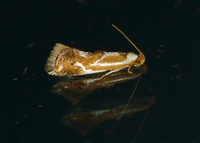
| Recorded by: Jim Petranka on 2022-07-05
Madison Co.
Comment: | 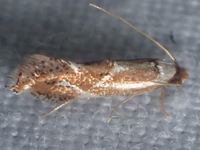
| Recorded by: tom ward on 2022-07-03
Buncombe Co.
Comment: |
|

 »
»